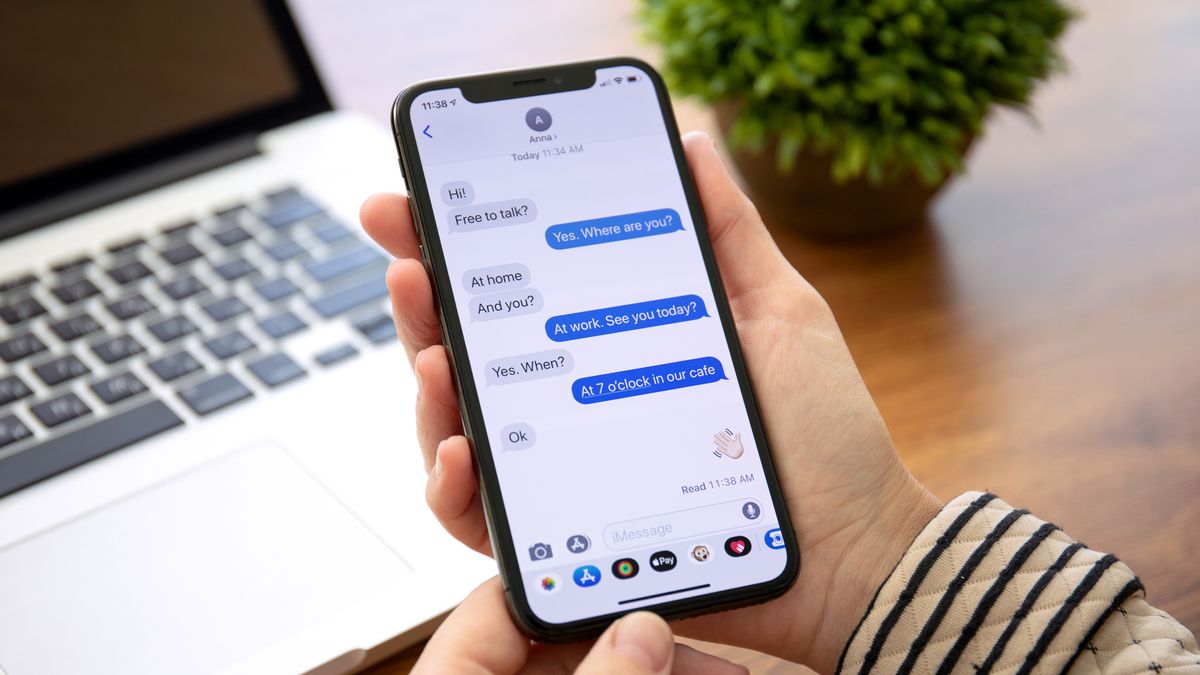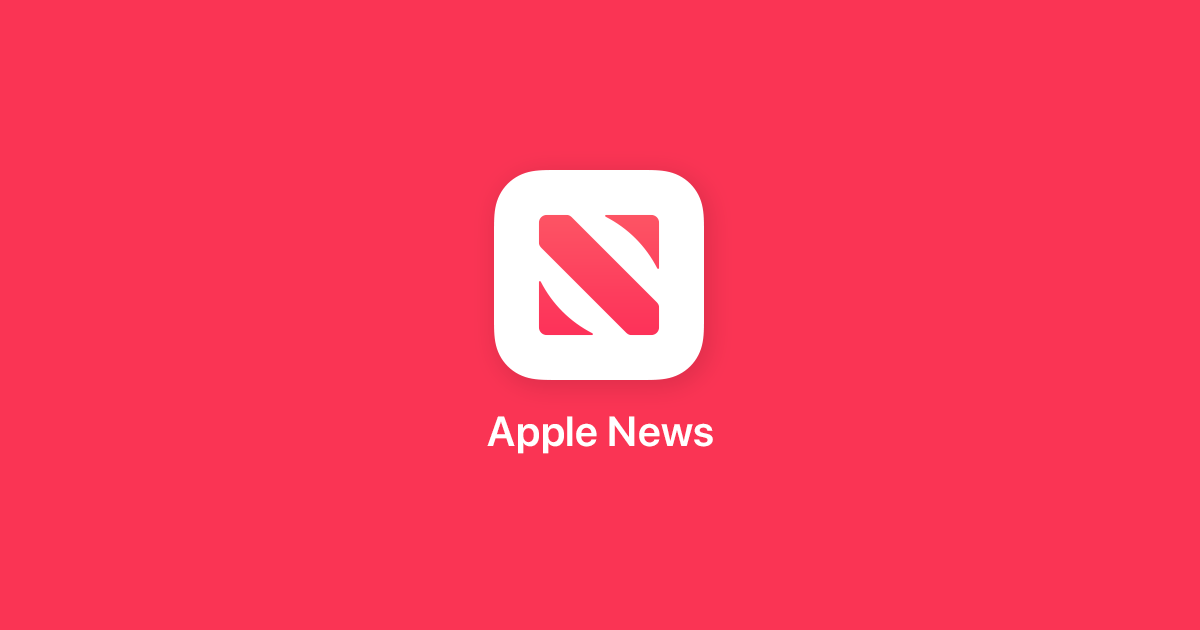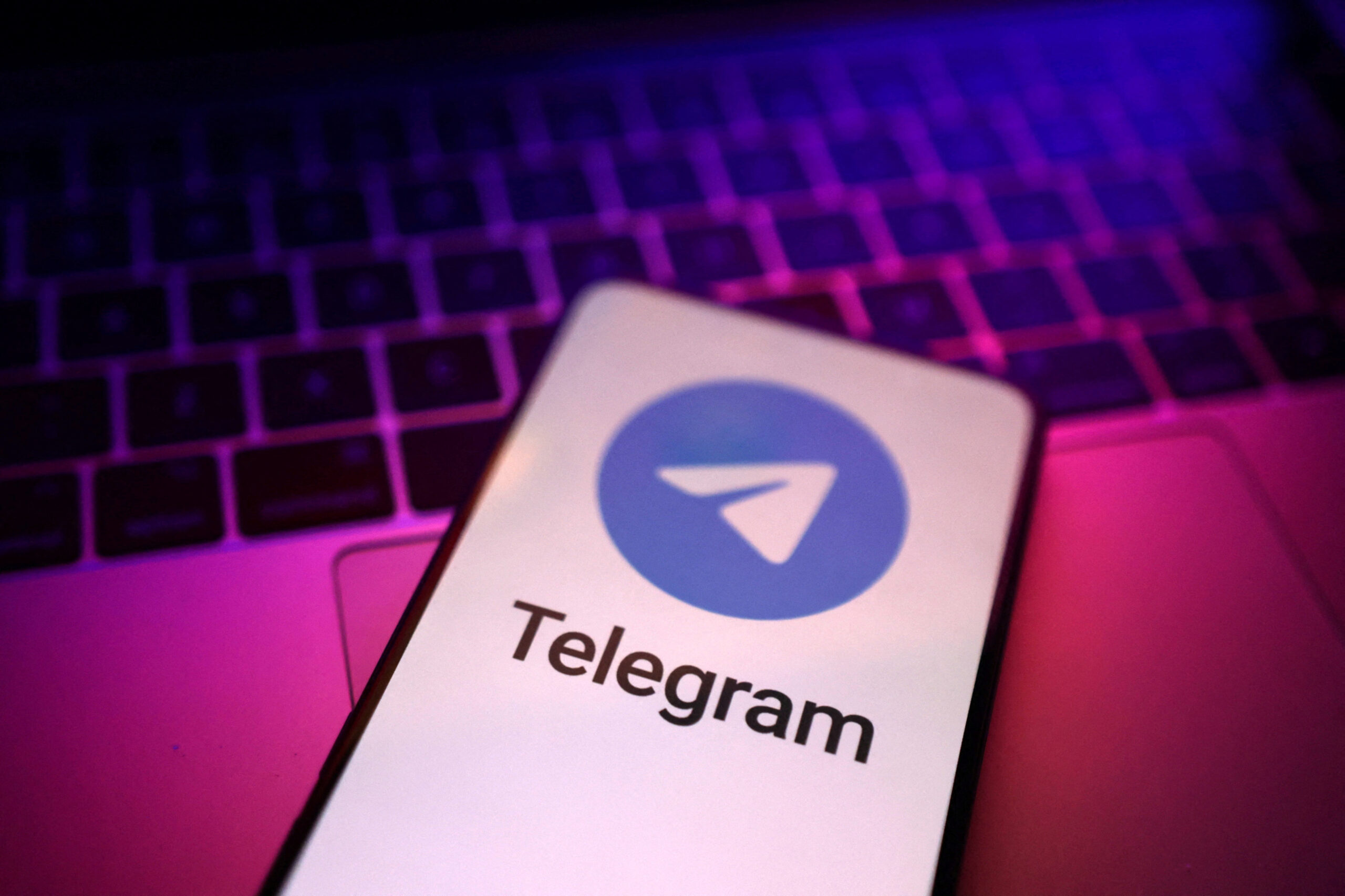For years, the blue checkmark has reigned supreme across social media, a symbol of authenticity in a digital world often plagued by impersonators and misinformation. Telegram, the popular messaging app known for its focus on privacy and security, has long offered its verification system for public figures and organizations. Now, Telegram is taking a bold step forward, introducing a novel approach: third-party verification. This new system promises to enhance trust and uniquely combat misinformation.
The Current Landscape of Telegram Verification
Telegram’s existing verification system follows a familiar model. To earn the coveted blue checkmark, individuals and organizations must demonstrate notability and verifiable identity. This typically involves showcasing at least two credible English-language press mentions and linking back to the Telegram account from at least two other established social media platforms, including TikTok, Instagram, Facebook, YouTube, Twitter, VK, and Snapchat. This system has served its purpose, but it also presents limitations, particularly for organizations managing multiple accounts.
A New Era of Decentralized Verification
Recognizing the need for a more scalable and flexible solution, Telegram is pioneering a decentralized verification model. This new system empowers already-verified organizations to verify additional accounts under their umbrella. This means that instead of relying solely on Telegram’s internal verification process, established entities can vouch for the authenticity of related accounts, creating a network of trusted sources.
Instead of the familiar blue checkmark, accounts verified by a third party will display a distinct logo next to their names. This visual cue clearly distinguishes these accounts from those verified directly by Telegram, providing users with a clear understanding of the verification source. Furthermore, the name of the verifying organization will also be displayed, adding another layer of transparency and accountability.
The Benefits of Third-Party Verification
This innovative approach offers several key advantages. Firstly, it streamlines the verification process for organizations managing multiple accounts, reducing the administrative burden and ensuring consistency across their online presence. Imagine a large news outlet with separate Telegram channels for different departments or regions. Under the new system, the main news outlet account could verify all related channels, ensuring users that they are indeed interacting with official sources.
Secondly, and perhaps more importantly, third-party verification strengthens the fight against scams and misinformation. By empowering trusted organizations to act as verifiers, Telegram creates a proactive defense against impersonators and malicious actors. This decentralized approach distributes the responsibility of maintaining online integrity, making it more difficult for bad actors to operate undetected.
Telegram emphasized the proactive nature of this solution in a recent blog post, stating that it “sets a new safety standard for social platforms.” This underscores the company’s commitment to creating a safer and more trustworthy online environment for its users.
How Third-Party Verification Works in Practice
The process for becoming a third-party verifier involves an initial verification by Telegram, followed by an application process to become eligible to assign verified marks. Telegram has also implemented a Bot API, allowing organizations to automate the process of assigning and removing verification status for related accounts.
To illustrate how this works in practice, consider a hypothetical scenario: a well-known tech website, “TechNow,” has a verified Telegram account. Under the new system, TechNow could verify the accounts of its individual writers, displaying the TechNow logo next to their names. This would assure readers that they are communicating with legitimate members of the TechNow team.
A Human Touch: The Importance of Context and Trust
While technology plays a crucial role in combating misinformation, the human element remains essential. Context and trust are paramount in navigating the digital landscape. Telegram’s third-party verification system recognizes this by leveraging the existing trust users place in established organizations. By empowering these organizations to act as verifiers, Telegram strengthens the overall ecosystem and fosters a greater sense of confidence among its users.
This new feature isn’t just about adding another layer of verification; it’s about building a more resilient and trustworthy online community. It’s a testament to Telegram’s ongoing commitment to innovation and its dedication to providing a safe and reliable communication platform for millions of users worldwide. This decentralized approach to verification could very well become a new industry standard, shaping the future of online trust and authentication.





